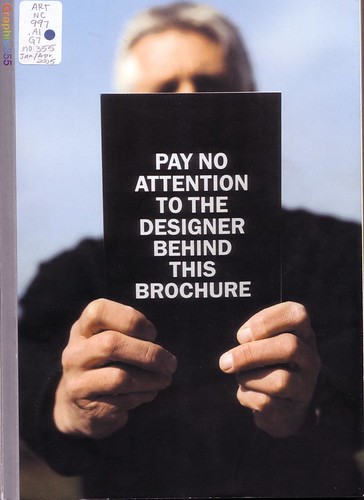This post is about an important issue. It is not about bold dots. It is about boldly embracing your ethnic identity in the face of the crushing swirl of the melting pot's ladle.
Across the country thousands of young Slovacs, Croats, Czechs and other Eastern Europeans are falling victim to POLKAPHOBIA. I never would have known about this terrible epidemic had it not been for the amazing coverage the Walt Bodine Show gave to what can only be described as a Polka pride event, the Sugar Creek Slavic Festival.
After a long Trikke ride around the KCI airport my friend, the Greeting Card Company Thinktanker (Thinktank for short) and I took highway 24 east to Sugar Creek. We weren't sure what to expect, what to wear or how to arm ourselves but the Slavic Fest's website warned us to "Be Brave" and we decided we in fact would.
After parking on a dirt road we trekked down a hill and boarded a big yellow bus teaming with serious-looking, round-faced, blond couples which we quickly dotted with our dark hair and stifled laughter. The mood in the bus was ominous. People were sweating. I started to worry that bravery was going to be harder than we had thought. Thinktank and I spoke in whispers and the bus took off.
The grounds of the Slavic Fest are nestled into the base of two hills and are obscured by perfect-seeming suburban homes. They are just the right size and color. The lawns are manicured and the cars hidden in attached garages. The neighborhood is the ideal front for the squeezebox-laden debauchery hidden in that dark valley.
To get into the Slavic Fest one must pass between two long tables of onlooking Slavs, elders, wearing the secret hand-made garments of an underground culture. We knew we looked out of place, myself an awkwardly queer New Yorker and the Thinktanker an unusual blend of Japanese, Brazilian and rural Kansan. We approached the gate keeper and passed him $3 each while wondering if he would let us pass.
To our delight he smiled and ushered us into the festival.
Past the gate lie a parking lot with steep grassy inclines on either side. Against one hill a temporary stage had been built and 20 women in white dresses that were hand embroidered with an arcane language of flowers and swirls sang an ancient song in the old language from the other side of the world.
On the other hill sat gobs on onlookers, more Slavs than one could have imagined. Families of Slavs. Extended families of Slavs eating Polish Sausage, cabbage and walnut bread. The Thinktanker and I made our way past stands selling hand painted eggs, nut roll cookies and tshirts that read, "You know you want my sausage" and "Overcome your Polkaphobia." And there is was. The 1,000 pound Elephant in the room, er parking lot: Polkaphobia.
As the evening wore on people shyly overcame their own internalized polkaphobia, two by two, first the oldest couples, the ones who remembered a time when the polka was performed out in the open, then the youngest to the area just before the stage and they let their inner polka pride out.
I learned some startling information about the Polka. Particularly the horrible way in which the Polka has been appropriated and demeaned by mainstream culture. Did you know that the so-called chicken dance is a 1960's bastardization of traditional polka melodies for the amusement of culturally indifferent roller-rink kids and drunken wedding reception attendees? The original artists must be attributed for their contributions!
In the community center at the top of the hill I inspected an exhibit of traditional cultural dress in Slavic regions. Such variation! Such nuance! From the hoity-toity dark capes and flowing skirts of some of the southern provinces to the thick coats and worsted wool pants in the north. Oh to think just minutes before I had seen every embroidered smock as the same, and yet here before me was the proof of the varied costumes of a land with a rich history and a mix of subtle and overt local flavors.
I walked out into the open air as the main event of the evening was warming up, America's premier contemporary polka band, Grammy Award winner Brave Combo. My queer heart did a back flip, a stomp and threw an open hand in the air as women locked arms and formed a complicated frolicking circle and men in what can only be describe as skorts jumped over each other's swinging phallus-like sticks.
Eventually formality gave way and a new generation of polka loving lovers in matching pointy cowboy boots and muscle shirts took the floor swinging each other around in androgynous bliss.
I felt shame as I thought back to my sister and I's habit of listening to the Polka Polka! show on our hometown's public university student run radio station while putting on wildly mis-informed car dances for the amusement of the passengers of vehicles stopped at all the traffic lights between our school and our home. I wondered what my one Slovakian friend from junior high would have thought had she seen us. The friend whose grandmother painstakingly cooked us fresh pirogies of the like I have only had once since at a restaurant a dangered a Montreal blizzard to visit. Shame and pride, because despite our ignorance we had caught onto the key essence of polka: ridiculous, wreck-loose, unabashed fun.
For those of you who missed the Polka Fest this year, mark your calendars for next and warm-up your dancing shoes. The Slavic Fest is a leaping, bounding hit.
